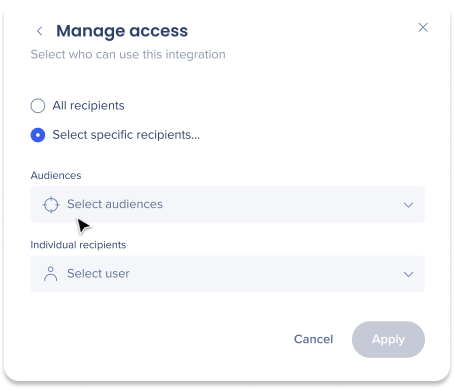Welcome to the
WalkMe Help Center
Please log in to continue

Please log in to continue

Salesforce is a cloud-based software company. It provides a customer relationship management (CRM) service and enterprise applications (“apps”) focused on customer service, marketing automation, analytics, and application development.
The Salesforce integration with WalkMe Menu lets you easily find your Salesforce objects within the desktop and mobile menu.
Overall there are 12 apps within Salesforce. Each app has its own menu that is displayed to the user, according to the objects the user will need to work with and the relevant work processes. The main apps are- Service (Cases management), Sales (Sales processes), and Marketing (Marketing automation).
Integrating Salesforce with the WalkMe Menu adds Salesforce objects to the desktop and mobile menu enterprise search so you can easily find what you need without leaving the menu. Additionally, you can view your Salesforce list from the My CRM View widget on the menu homepage.
Search for Salesforce objects in the Enterprise Search:
Search for the following Salesforce objects:
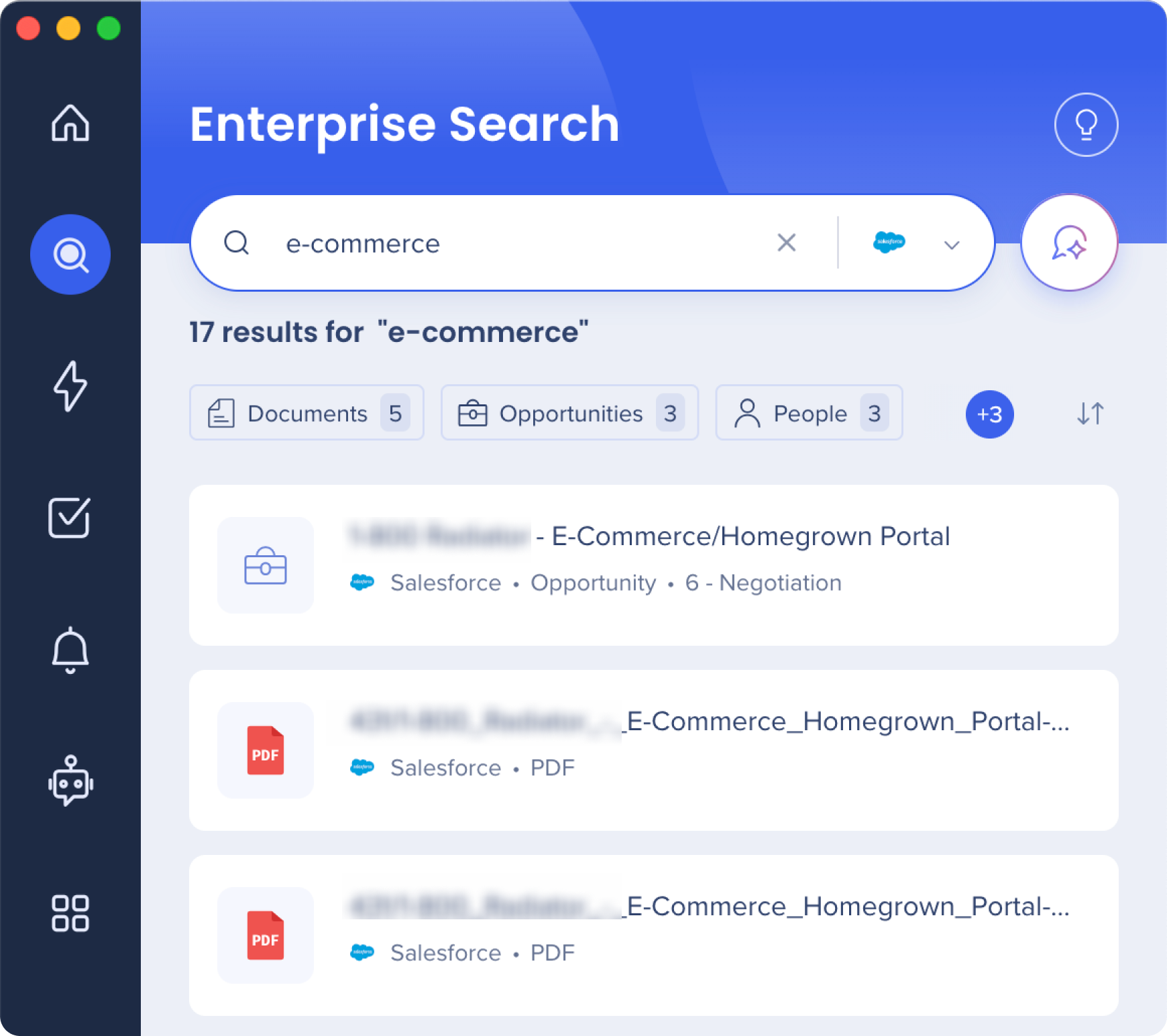
You can see your Salesforce list views directly from desktop and mobile menu.
Click the dropdown to change the object type and see its list views
You can edit the list views on the widget by editing the object type settings to choose which types of data should be displayed
Open the dropdown
Click the Edit
Find the object type that you want to edit
Click the pencil icon
From edit list views, turn on up to two list views
You must have at least 1 list view on
Limitation: Only 80 list views will appear for you to choose from
Click Save
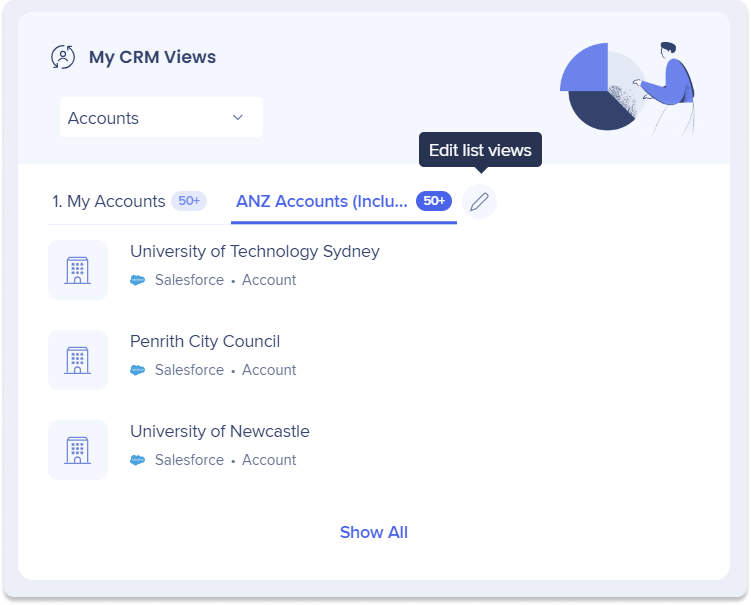
Salesforce objects that can be found in the desktop and mobile menu search, and the fields that are displayed in the search results.
Description & Conditions
A lead is a person, a sales prospect who has expressed interest in the product or company. This prospect has taken the first steps to show interest, but that interest hasn't been fully established.
When a lead is converted (it takes place using a “convert” button)- account, contact, opportunity (optional), and task (optional) records are created.
Fields displayed in the result
Description & Conditions
An account is an organization. This can be just about any kind of organization that is somehow involved with the business - current customers, companies that wish to buy goods/services, businesses that are partnered with, competitors, or non-profit entities.
Fields displayed in the result
Description & Conditions
A person who is associated with an account. For example, an employee would be the contact while the company the employee works for would be the account.
Fields displayed in the result
Description & Conditions
A sale or pending deal. The opportunity is the step after a lead.
Fields displayed in the result
Description & Conditions
Users can upload files, preview, share, and collaborate on files, attach files to records, store files privately, manage version updates, and follow files that are important to them.
There are some basic Salesforce requirements and limitations that you'll want to keep in mind while uploading content to Salesforce files tab-
Fields displayed in the result
Description & Conditions
A report is a list of records that meet the criteria you define. It's displayed in Salesforce in rows and columns, and can be filtered, grouped, or displayed in a graphical chart.
Every report is stored in a folder. Folders can be public, hidden, or shared, and can be set to read-only or read/write. You control who has access to the contents of the folder based on roles and permissions.
Fields displayed in the result
Description & Conditions
A dashboard is a visual display of key metrics and trends for records in your organization. The relationship between a dashboard component and report is 1:1; for each dashboard component, there is a single underlying report. However, you can use the same report in multiple dashboard components on a single dashboard (e.g., use the same report in both a bar chart and pie chart). Multiple dashboard components can be shown together on a single dashboard page layout.
Like reports, dashboards are stored in folders, which control who has access.
Fields displayed in the result
Description & Conditions
A case is a customer's question, feedback, or issue. Support agents can review cases to see how they can deliver better service. Sales reps can use cases to see how they affect the sales process.
Fields displayed in the result
Read more about the menu's integration security and the Enterprise Search.
1. Sign in to Salesforce
2. Click on Setup for current app
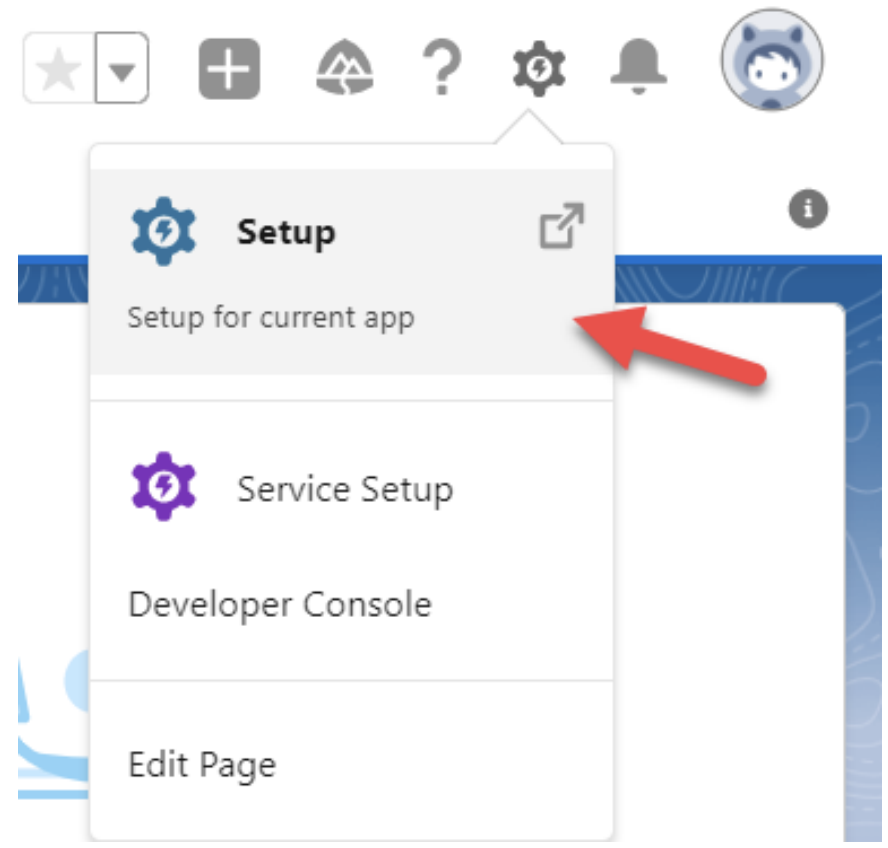
3. Navigate to the App Manager using the search

4. Create a New Connected App

5. Fill in this data in the relevant fields
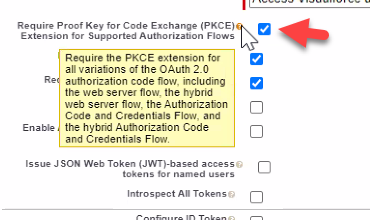
6. Press Save
7. Go to the app's menu click on View
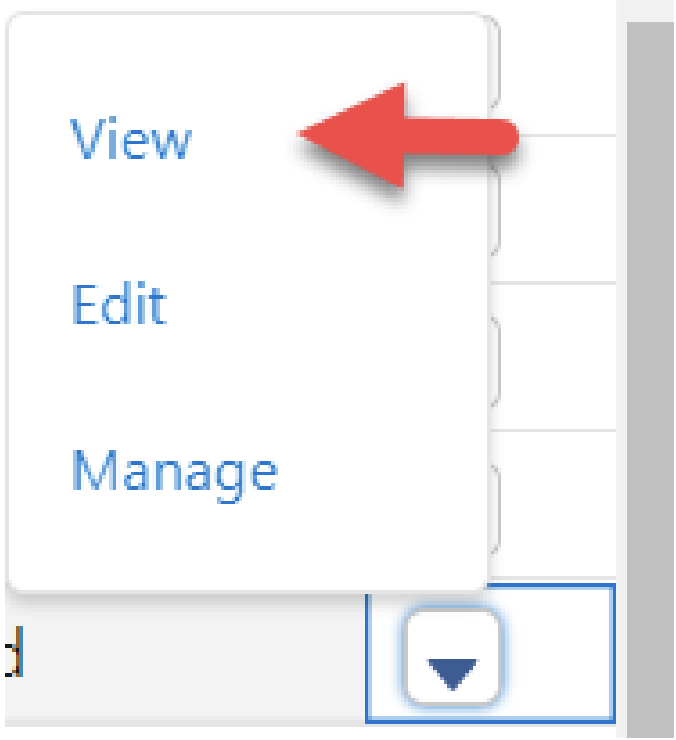
8. On this screen, copy “Consumer Key” and “Consumer Secret” and the Salesforce “domain” (URL)
9. Go to the WalkMe Console > Menu > Integrations
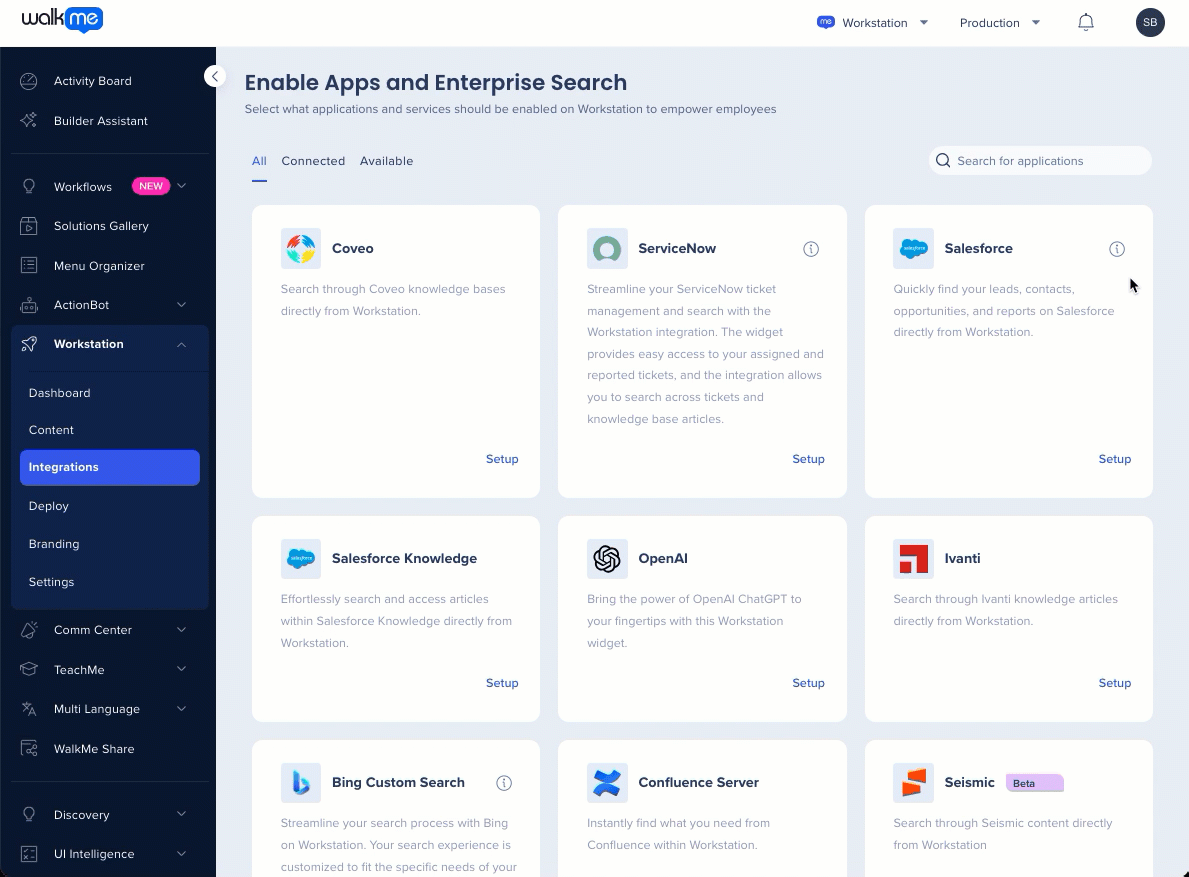
10. Edit the configuration of the Salesforce app with the parameters you've copied
11. Select which objects will appear on the Enterprise Search results
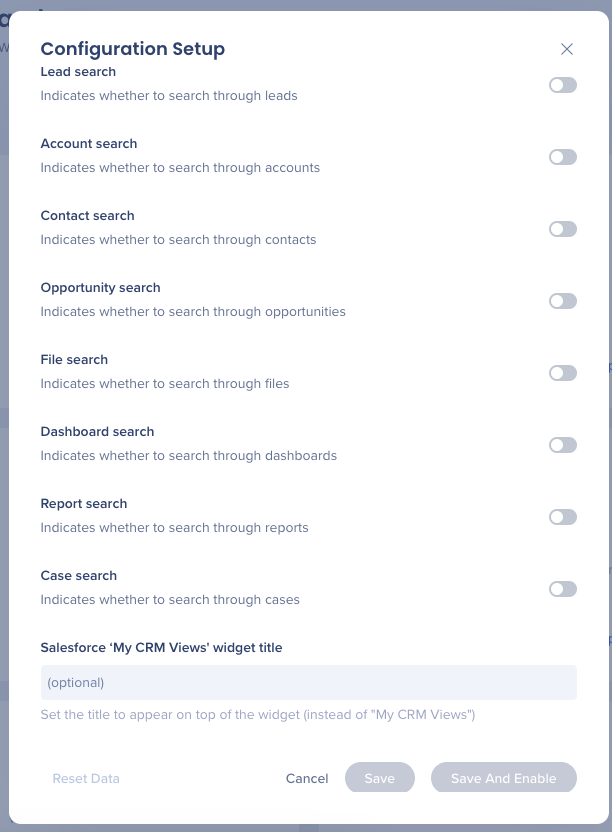
If the Salesforce card is not available, contact your WalkMe Owner in your organization and ask to enable Salesforce on the menu.
Integrations can be segmented to a sub-set of users and audiences, rather than being enabled for all end-users. This feature streamlines the integration process and helps to ensure that users are only using the integrations that are relevant to their work.
To segment a menu integration:
